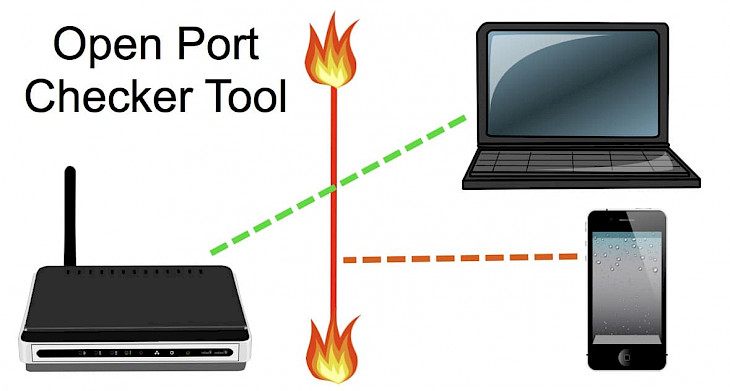
In the realm of networking, visibility and control are everything. Whether you're managing enterprise servers or troubleshooting connectivity issues, understanding the state of your network ports is essential. This is where a port checker becomes a vital tool.
If you've ever wondered “What is port checker?” and why it holds such importance in professional networking environments, this article will walk you through the what, why, and how of port checking—arming you with practical insights for better network management and security.
What is a Port Checker?
A port checker is a tool used to scan and identify the status of network ports—specifically, whether a port on a given IP address is open, closed, or filtered. Ports are like doorways into a machine or application across the network. Each service (like HTTP, FTP, or SSH) communicates via a specific port.
Port checkers typically work by attempting to connect to a specified port on a target IP address. If the connection is successful, the port is open. If not, it might be closed or blocked by a firewall.
Types of Port Checkers:
Online Port Checkers: Web-based tools that let you quickly test ports remotely (e.g., YouGetSignal, CanYouSeeMe).
Command-line Tools: Tools like telnet, nc (netcat), or nmap allow for more advanced and scriptable checks.
Built-in OS utilities: Windows users may use PowerShell or CMD; Linux users typically use tools like netstat or ss.
Why is Port Checking Important?
For professionals responsible for maintaining secure, high-performance networks, port checking is not optional—it’s essential. Here are several reasons why:
1. Network Diagnostics
When services become unreachable, port checkers help identify if the issue lies with the port configuration. If a required port is closed or blocked, it can cause application failures, connectivity errors, or even downtime.
2. Security Auditing
Open ports can become entry points for unauthorized access or cyberattacks. Regularly scanning for open ports helps identify vulnerabilities and detect unauthorized services running on your infrastructure.
3. Application and Server Configuration
Servers (e.g., web, mail, or database servers) rely on specific ports to function properly. A misconfigured firewall rule or blocked port can disrupt service availability. Port checkers validate that necessary ports are open and accessible.
4. Firewall and NAT Troubleshooting
Firewalls and Network Address Translation (NAT) setups may inadvertently block essential traffic. A port checker verifies if the firewall rules are working as expected and whether ports are being properly forwarded or exposed.
Common Use Cases for Port Checkers
Testing Remote Server Availability: Ensures that services like SSH (port 22), HTTP (port 80), or custom app ports are open and reachable.
Verifying Port Forwarding Settings: In home or business routers, port forwarding is often used to expose internal services externally. Port checkers validate if forwarding is correctly set up.
Identifying Blocked or Filtered Ports: Helps uncover if an ISP, firewall, or router is silently blocking specific ports—critical for remote access and service uptime.
Popular Tools for Port Checking
Here are a few commonly used tools among professionals:
1. Port Checker
A powerful network scanning tool capable of deep port analysis. Useful for both TCP and UDP port scanning.
bash
Copy
Edit
nmap -p 22,80,443 example.com
2. Netcat (nc)
A lightweight tool for testing connectivity and port status.
bash
Copy
Edit
nc -zv example.com 80
3. Telnet
Though outdated, it’s still occasionally used for testing open TCP ports.
bash
Copy
Edit
telnet example.com 25
4. OS Tools
Windows PowerShell: Use Test-NetConnection.
Linux Bash: Use ss, netstat, or even curl to check listening services.
Best Practices When Using Port Checkers
To get accurate and meaningful results, professionals should follow some best practices:
Scan both TCP and UDP ports: Many tools default to TCP; UDP ports require special handling.
Check from inside and outside the network: This confirms firewall and NAT behavior.
Use during audits and patching cycles: Ensures nothing is unintentionally exposed or blocked.
Don’t rely solely on online checkers: They only test from an external viewpoint and may not see internal configurations.
Conclusion
Understanding what is port checker and using it effectively is fundamental for network professionals. Whether you're troubleshooting a connectivity issue, auditing your security posture, or setting up a new server, port checkers offer a reliable way to gain visibility into network behavior.
By integrating regular port checks into your workflow, you enhance security, reduce downtime, and maintain greater control over your digital infrastructure. In a world where every open port could be a potential vulnerability or mission-critical pathway, being proactive pays off.





